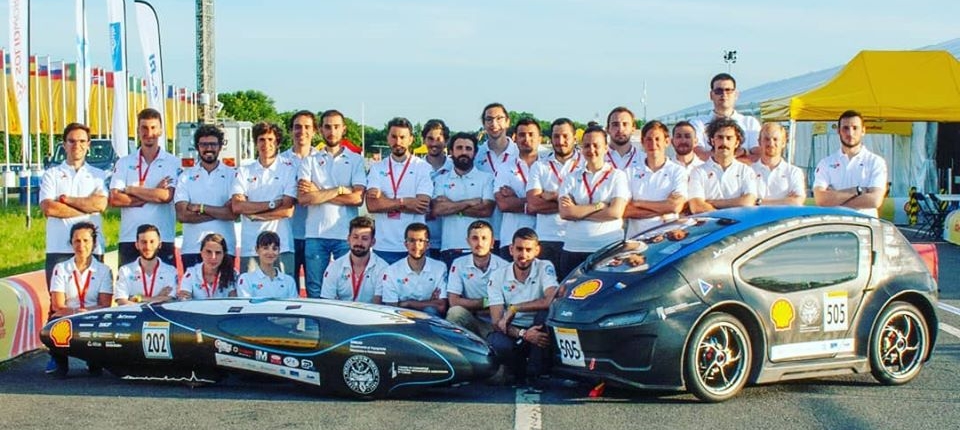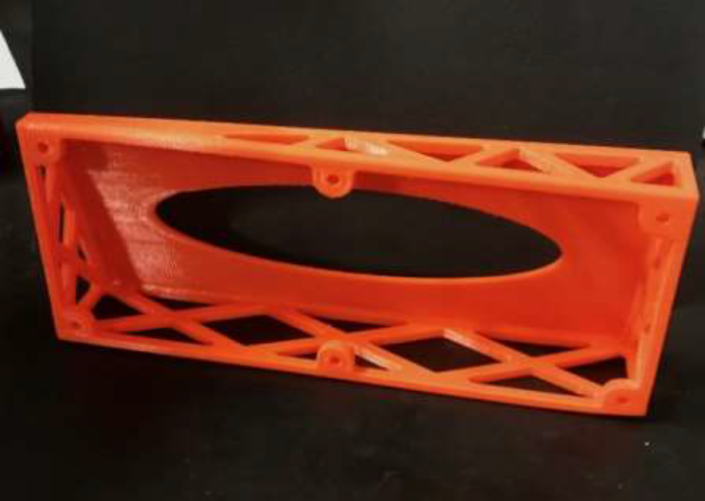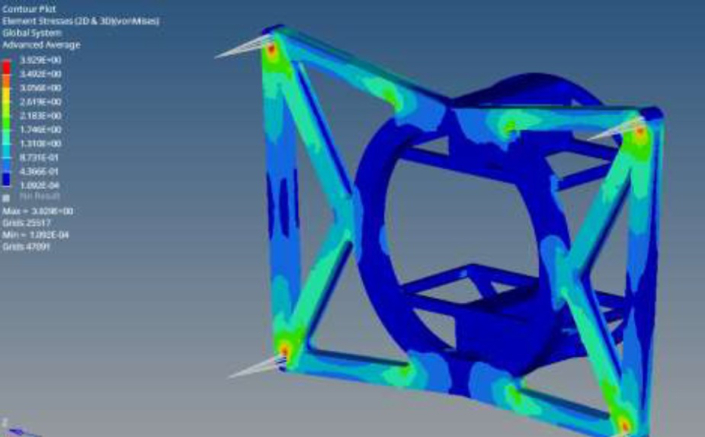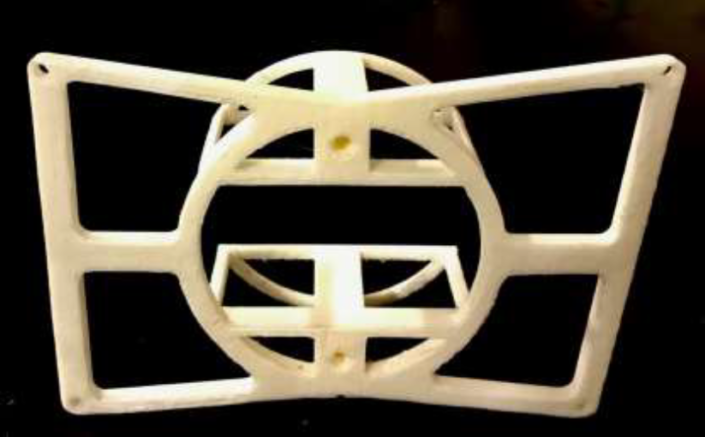H2politO is a team composed of students from the Polytechnic of Turin that has participated since 2008 in the Shell Ecomarathon, a race where the vehicle that consumes less wins. The H2politO Team, thanks to the Sharebot NG, was able to create customized components with complex geometries, but with high standards of rigidity and lightness for the new vehicle of the Urban Concept JUNO category and for the IDRAkronos hydrogen prototype. The compactness of the device also allowed it to be used in the pits during the race, thus allowing the team to quickly create spare parts or real-time solutions for some sudden failures.
Design
The pieces created with the printer have been optimized in terms of geometry to adapt to the dimensions inside the vehicle or to obtain maximum rigidity, while limiting the masses to a minimum. These requirements explained the production of 3D printed components with complex shapes, not achievable with other technologies, also considering the small number of pieces produced (two / three for each component). The materials used are PLA or ABS depending on the mechanical characteristics required.
Simulations
In order to create components with extremely advanced dimensions and performance, optimization and subsequent analysis of the finite elements was required for verification. This process allows you to understand where the material is really needed, thus limiting both the cost and the production time. Since the electronic boards are fixed to the relevant support with screws, the metal inserts have been inserted by pressure into the plastic, avoiding the wear of the material after a few uses and prolonging the life of the component itself.
Assemblies
The versatility and high surface finish guaranteed by the Sharebot NG has made it possible to couple multiple elements. Figure 1 shows the joints of JUNO rear-view mirrors which must guarantee total adjustment. Figure 2 shows the interlocking coupling made for the electronic actuation card (for vehicle control) of IDRAkronos, while Figure 3 shows its positioning on the vehicle, where one part remains integral with the vehicle body and the other is easily removable.






